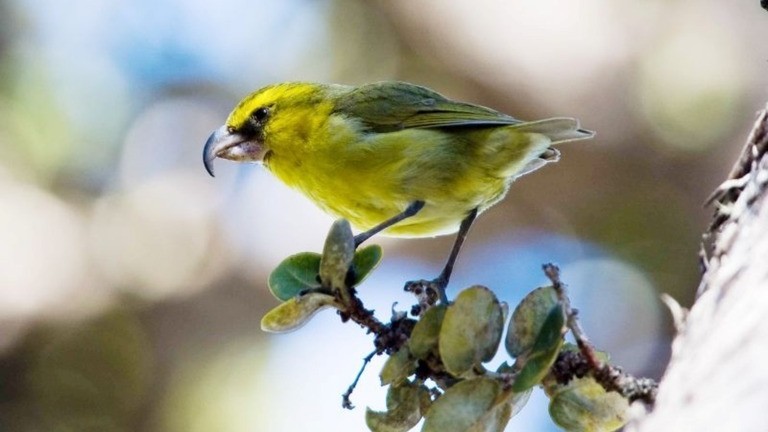2023年6月、ハワイの森林において、生分解性容器に約1,000匹ずつ封入された蚊が、ドローンによって上空から投下されるという前例のない取り組みが開始された。
In June 2023, an unprecedented initiative was carried out in the forests of Hawaii. About 1,000 mosquitoes were enclosed in biodegradable boxes and released from the air using drones.
。
These mosquitoes are male mosquitoes that cannot bite, raised in a laboratory and infected with a bacterium called Wolbachia.
。
When male mosquitoes infected with this bacterium mate with wild female mosquitoes, the eggs do not hatch, so it is expected that the number of mosquitoes can be significantly reduced.
。
The background of this initiative is the risk of extinction faced by the Hawaiian honeycreeper, a bird native to Hawaii.
。
This bird plays an important role in transporting pollen and seeds, and is extremely important to Hawaiis ecosystem and culture.
。
However, while there used to be more than 50 species, now only 17 have been confirmed, and most of them are facing the threat of extinction.
。
Especially, species such as Akikiki and Akekee have seen a significant decline in their populations and are no longer able to fulfill their roles in the ecosystem.
。
The greatest threat to the survival of birds is avian malaria transmitted by mosquitoes.
。
It is believed that mosquitoes in Hawaii are non-native species introduced in the early 19th century, and the native birds have no immunity to avian malaria.
。
According to Mr. Farmer, many species of Hawaiian honeycreepers have been forced to move to higher elevations, but due to recent climate change and rising temperatures, the range of mosquitoes has expanded, and mosquitoes are now being found even in the mountainous areas.
。
Therefore, the habitats of birds are becoming increasingly limited, and the risk of extinction is becoming more serious.
。
To resolve this situation, experts implemented various measures to control the number of mosquitoes.
。
However, the use of pesticides has a negative impact on native insects such as damselflies and fruit flies, so it is difficult to apply them over a wide area.
。
In such circumstances, a method called Incompatible Insect Technique IIT is attracting attention.
。
This method prevents mosquito reproduction by releasing male mosquitoes infected with Wolbachia into the wild, reducing the number of mosquitoes with minimal impact on the environment.
。
The American Bird Conservancy ABC has been working with the multi-agency coalition Birds, Not Mosquitoes since 2016 to promote the introduction of IIT in Hawaii.
。
After overcoming many challenges, such as selecting the Wolbachia strain, reaching consensus with the local community, and administrative procedures, large-scale mosquito breeding began in 2022 at an experimental facility in California, USA.
。
Since 2023, 500,000 mosquitoes have been released every week on Maui and Kauai by helicopter and drone.
。
This is the worlds first case of introducing IIT for the purpose of environmental protection, and it is expected to be applied in other regions as well.
。
However, mosquitoes in Hawaii are non-native species, and their impact on the ecosystem is still limited, but in areas where native mosquitoes live, careful consideration is necessary.
。
Furthermore, the unique terrain of mountainous regions and the rapidly changing weather conditions, as well as the high operational costs of helicopters, are also major challenges.
。
Therefore, the use of unmanned aerial vehicles increases flexibility, reduces costs, and improves safety.
。
According to Mr. Farmer, it is expected to take about a year before the effects of IIT become apparent, but if the mosquito population can be controlled, the Hawaiian honeycreepers will have time to recover their numbers and increase their genetic diversity.
。
Furthermore, some birds with resistance to malaria have begun to appear, and in the future, reintroducing individuals raised in captivity back into the wild is also being considered.
。
Mr. Farmer said, The next ten years will be a turning point for the conservation of the Hawaiian honeycreeper. We hope that our efforts will make a difference for the world and the future.

